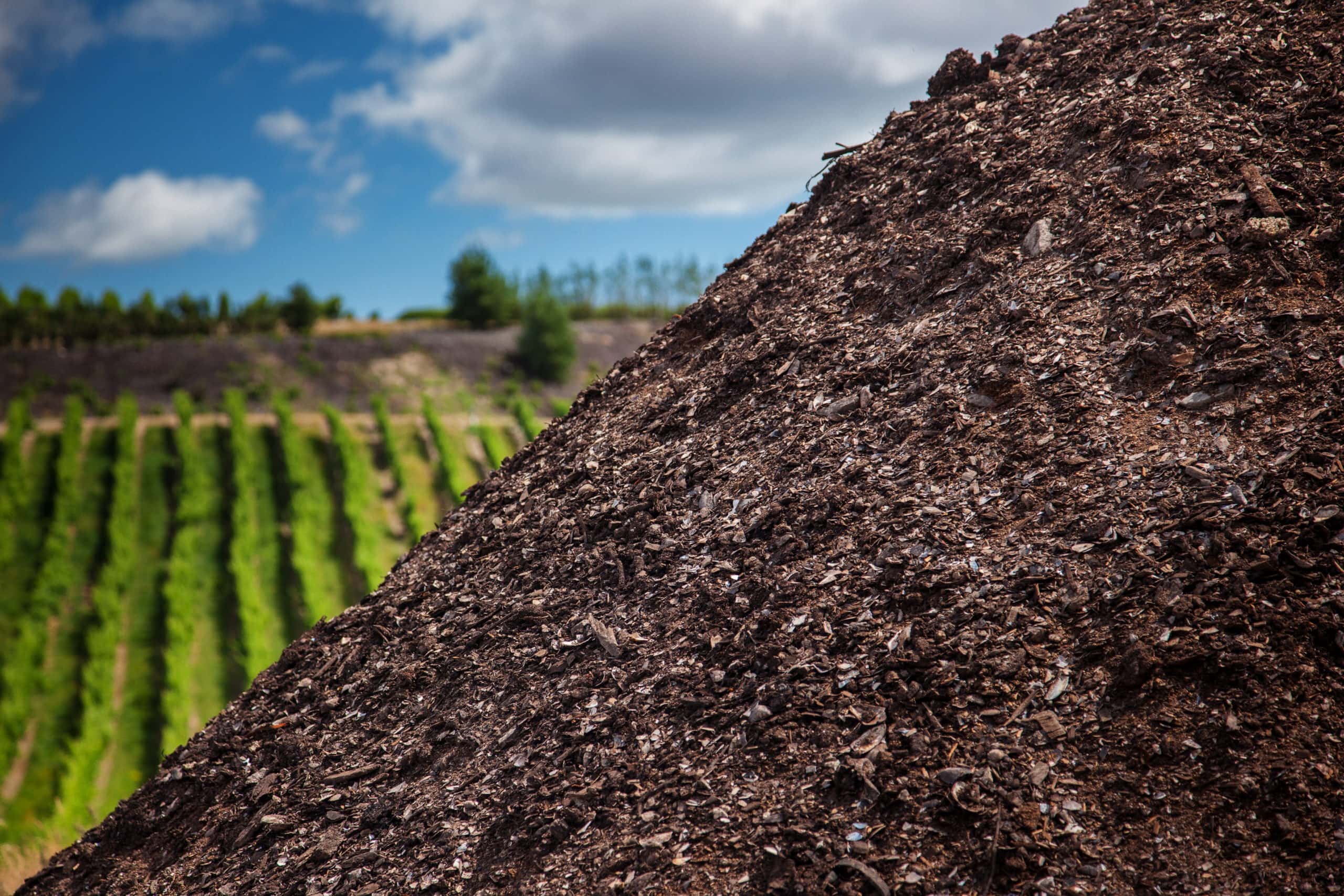What’s the soil food web?
Michelle Barry, Bragato Research Institute
Soil without biology is dirt. Soil biological interactions are referred to as the soil food web. The soil food web describes how groups of organisms in soil interact with each other and plants.
The main groups of micro-organisms that make up the soil food web are fungi, bacteria, protozoa, nematodes and micro-arthropods. These groups interact with each other and with plants to help create functional ecosystems.
The soil food web can be thought of as the soil biome. Like humans have a gut biome that breaks down food, the soil too has a biome that breaks down organic matter. A healthy soil biome can provide plants with a constant flow of nutrients from soil organic matter and the mineral fraction of soil. Fungi and bacteria release nutrients from sand, silt and clay in soil, making nutrients available to plants in a process that the plant controls. This means that plants get access to the nutrients they need exactly when they need them. Having access to necessary nutrients helps plants to protect themselves from pests and disease attack, drought and flooding.

Figure 1: Relationships and interactions in the soil food web
Figure 1 gives an overview of the soil food web and illustrates some of the interactions within and between different trophic levels. The first level contains photosynthesisers. The plants or their products, in this case root exudates, are consumed and sometimes supported by the second-level micro-organisms (decomposers, mutalists, pathogens, root feeders and parasites). At the third level primary carnivores; predators, shredders and grazers, eat the second-level microorganisms; and at the fourth level secondary predators’ prey on primary carnivores.
A healthy, balanced soil food web provides many benefits beyond supplying nutrients to plants. Benefits include:
- increased nutrient cycling,
- increased soil carbon sequestration,
- increased soil aggregation, which alleviates soil compaction and anaerobic conditions, and increases water infiltration rates,
- increased water-holding capacity and drought resilience, and
- increased resilience to soil erosion.

















